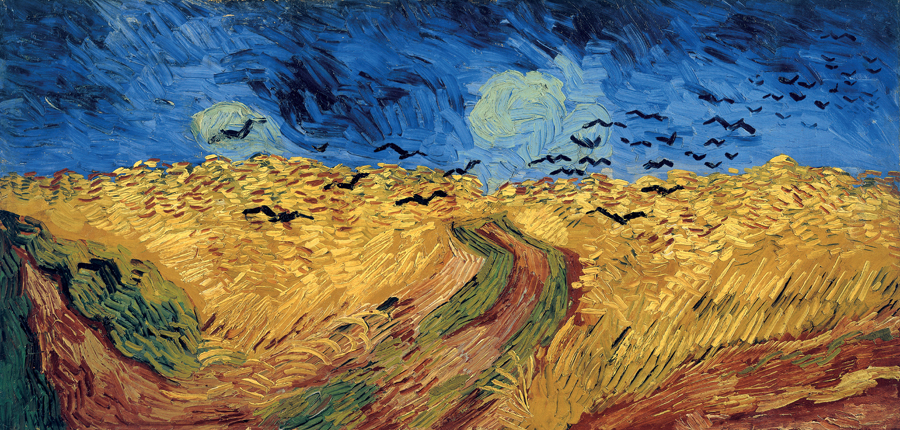
Wheat Field with Crows is one of the most mythical paintings in the history of art, and one of Van Gogh’s last masterpieces, painted a few weeks before his suicide. It is housed in the Van Gogh Museum in Amsterdam.
Following the success of the film Lust For Life, by Vincente Minelli (1956), it was long considered the last painting of the Dutch master. But… as we now know, Van Gogh’s last painting is no less dramatic Tree Roots.

This is not the only misunderstanding surrounding this mesmerizing work. Curiously, some inhabitants of Auvers-sur-Oise have long been convinced that there were no crows in Auvers in summer. This may have been the case in 1890, I was not there to verify it! But for the 15 years that I have been visiting the village, I have always found crows there, in all seasons.
It was in July 2022 that I finally understood how this painting had been painted. As always with Van Gogh, what seems the most instinctive, the wildest, turns out to be perfectly thought out, and tamed. No chance, no intuition, but a cleverly orchestrated composition, perfectly calculated colors and a rigorously applied method.
While researching for the catalog of the Van Gogh In Auvers-sur-Oise, The Final Months exhibition, (Amsterdam-Paris, May 2023 – February 2024), I came across once again the Monographie communale of teacher Samson Cazier. In this remarkable and diligent work, which gives a lot of useful details about the village in 1899, the author has drawn up a rather good map, even if he had to base himself, for lack of anything better, on an old cadastral map dating back to 1813.

By observing this map and the thousand details that compose it, I understood that the place traditionally chosen for the creation of the painting, halfway up the Chemin du Montier, at a stone’s throw from the church, was the right one. Seen like this, it is not a very spectacular discovery, but the oral tradition of a village, composed of gossip & rumors, does not always mix well with historical science. To be able to confirm what has always been whispered is therefore not so insignificant.
If we ignore the (yet valuable) popular knowledge, the only clues to determine where the painting was created are the ruts of the three tracks. We are obviously at an important crossroads, where many heavily loaded carts regularly pass. The probability of finding this type of path increases with the proximity of the village.
But it is also necessary to be able to find a very particular configuration. A trifurcation, quite wide, with fields arranged curiously enough in triangles. This detail had always intrigued me, as well as the impression that we were looking at the top of a nearby rise. The generous dimensions of the crows, the height of the wheat and the way their ears rise above the horizon reinforce this idea of proximity, and immerse us in the motif.
If you look closely at the map drawn by Samson Cazier, the place traditionally chosen – and where the visitor to Auvers-sur-Oise can still find an information panel today – corresponds in large part to the criteria outlined above.
But… this is a simple intersection, not a trifurcation. The horizon is more distant, and marked, today as in 1890, by trees and copses.

Standing in this very spot on July 29, 2022, I wondered if Van Gogh had not simply applied in a radical way the method of composition with which he was experimenting during the last weeks of his life. This method was the integration into his usual recipe of two innovations: arranging the motif and shortening the horizontal planes. This deserves a little explanation…
To arrange the motif is to create on the canvas an alternative reality to that which is observed: to change the location of certain observed elements, to ignore others, sometimes to invent some from scratch. We are here at the extreme limit of the liberties Van Gogh took; and every time he ventured into these parts, a mental crisis occurred, in Arles as in Saint-Rémy-de-Provence. And obviously, in Auvers-sur-Oise, a new mental collapse was threatening.
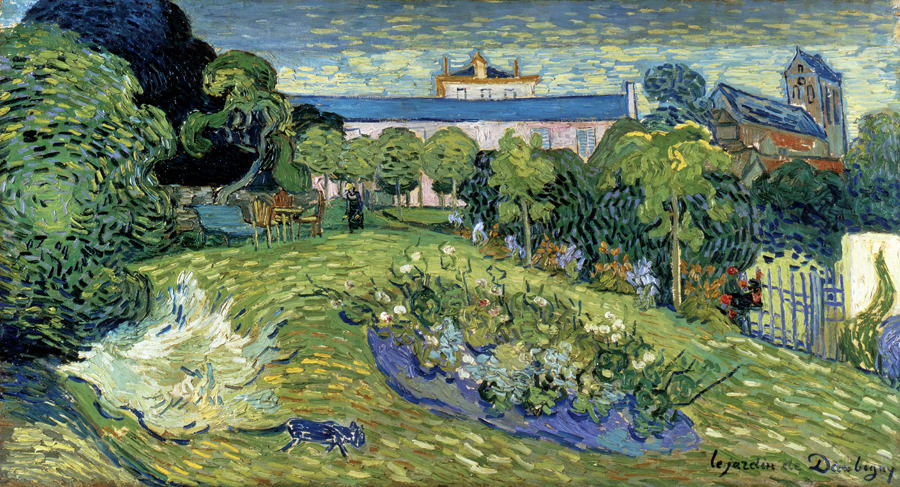
Shortening the horizontal planes is what he did brilliantly to create one of his “most wanted” paintings, Daubigny’s Garden. When you stand in this garden, you realize that the viewpoint represented does not exist in reality. To bring together in one shot the church, Daubigny’s house, his garden furniture, and the surrounding wall on the left, it is necessary to bring together several viewpoints on a flat surface.
In doing so, Vincent applies on the horizontal plane an optical process he had already experimented with on the vertical plane, by essentially bringing together two points of view : one aiming at the ground at his feet, and the other getting lost on the horizon, as in Landscape In Auvers After The Rain.

Van Gogh also applied this in his painting Farms near Auvers, to which he added an imaginary element: a large double-gabled farmhouse in the middle of the composition. The resulting effect creates a much larger space than what one sees when standing in this farmyard, which I also found during my recent research. Van Gogh exploits the double-square format in a dramatic and panoramic way – as if he were using a wide-angle lens on a camera.
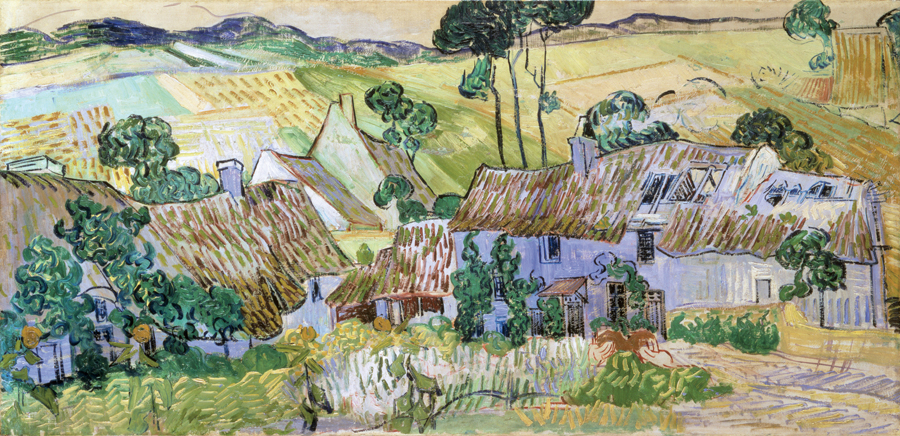
Reuniting Samson Cazier’s map with the process used by the painter, the trifurcation is no longer a trifurcation, but the representation of a 180-degree view of a straight path. The triangular shape of the plots, which seems at odds with what a sane farmer would have done, is explained by the same effect. Today, our smartphones allow us to obtain the same panoramic effect. By increasing the contrasts a little and saturating the colors, by standing in the same place at the same season, we can achieve the effect obtained by Van Gogh. All that remains is to ignore the shortening of the horizon and to add a flock of crows.

Needless to say, the master of The Sunflowers had no technical means at his disposal, apart from his eyes and his brush. Once again, we see that the raw and instinctive side that is often attributed to his most spectacular works, such as this masterpiece that has often been considered hallucinatory, must be tempered. Wheat Field With Crows, located between the cemetery where he is buried and the roots of the Rue Daubigny that he painted, is much more than a cry of anguish. It is a mastered composition, experimental and accomplished at the same time, whose learned balance largely outweighs its lyrical dimension.

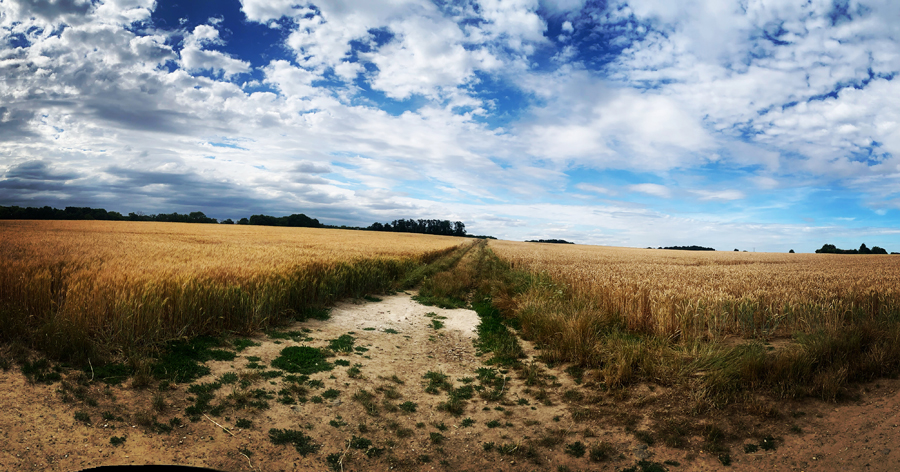

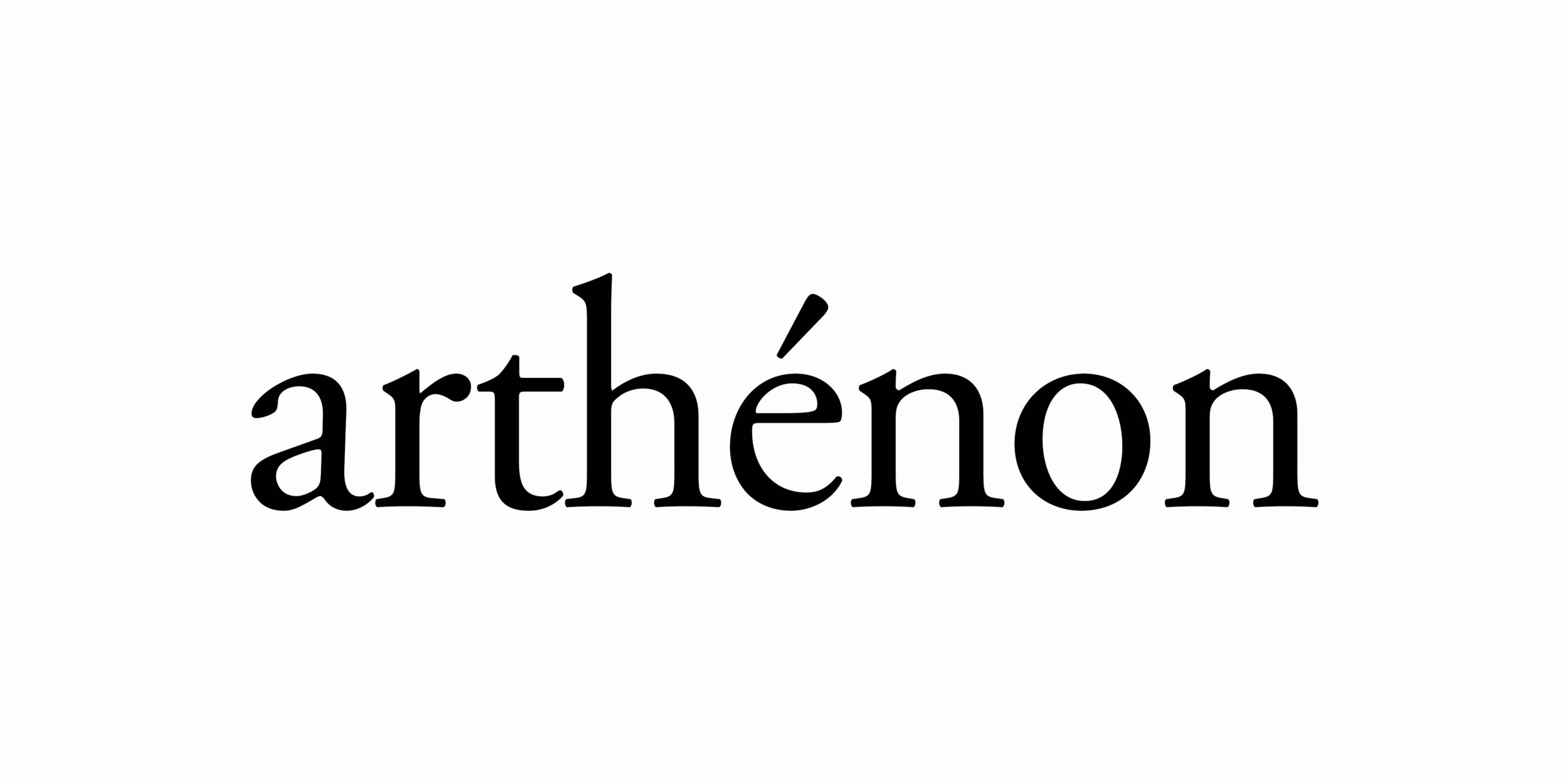
I am on the train to Auvers-sur-Oise now from Paris via Brooklyn. I am saddened that I will miss The Final Months exhibition by just a few weeks. Thank you for your work and insight on this subject matter. It has been a pleasure to read.
Great Photographs one of the places on my Bucket list for Vincent’s Auvers that I hope to see and visit in real Life sometime soon. Your panoramic is like standing there already today!. Lots of people will be doing exactly that during the time of the Van Gogh in Auvers 2023 exhibitions in France. Thanks for all your studies work ‘VanGoghing’. Regards Alan